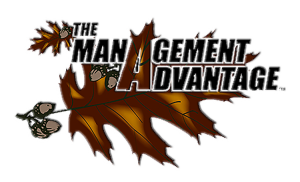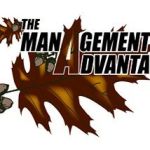Bending Habitats
When it comes to killing ducks, most times the man with the most food wins. A duck hunter can depend on the habitat already available or they can manipulate it in a way to promote maximizing the forage available for ducks. Join TMA prostaffer, Jody Pagan, as he discusses his life in waterfowl management.
Moving Forward
In the fourth teaser video from The Management Advantage, we discuss timber stand management in the south and give a little more insight into our new direction. Starting in August, we’ll provide top quality educational wildlife management information. 52 weeks a year to help you Gain the Advantage Through Proper Management!
Roll With The Punches
Erich Long, the owner of Drumming Log Wildlife Management provides a unique perspective on deer management on his property. While food plots provide an excellent source of forage for your deer herd, there are many things that can go wrong over the course of the process and life cycle of a food plot. Erich believes in managing your native vegetation in order to attract and hold more deer on your property. A deer requires only 16% protein in the forage it consumes. Managing your native vegetation species provides that 16% and more in many cases. A deer’s diet consists of 75% native browse. The native vegetation on your property has a better ability to adapt to changing weather conditions unlike many of the forages you plant in your food plots. To top it off, the native seeds, in most cases, are already in the seed bank and just need some coaxing to emerge and some care through it’s life cycle. Food plots definitely have their spot in deer management, but many people overlook the importance and cost effectiveness of native vegetation.


